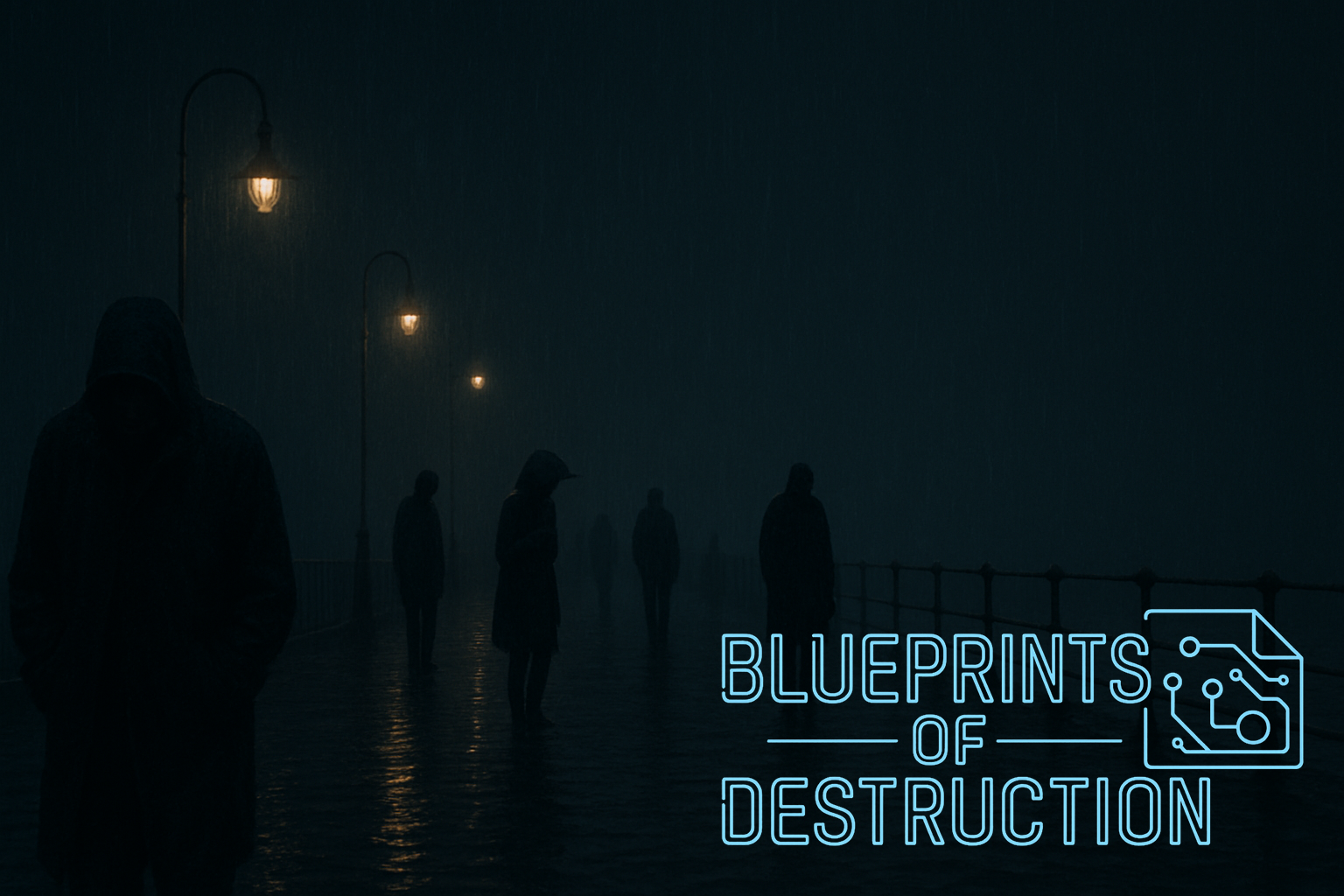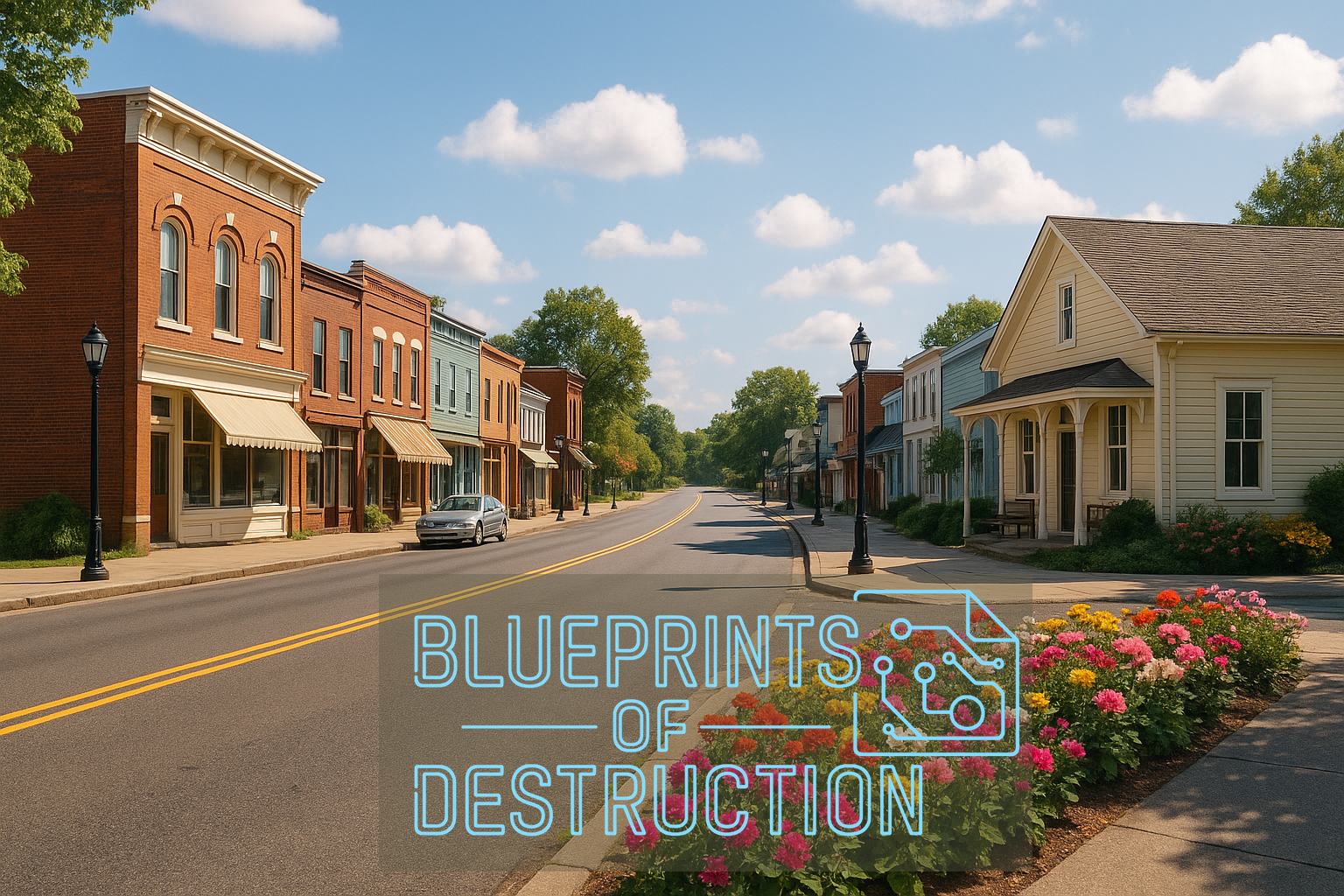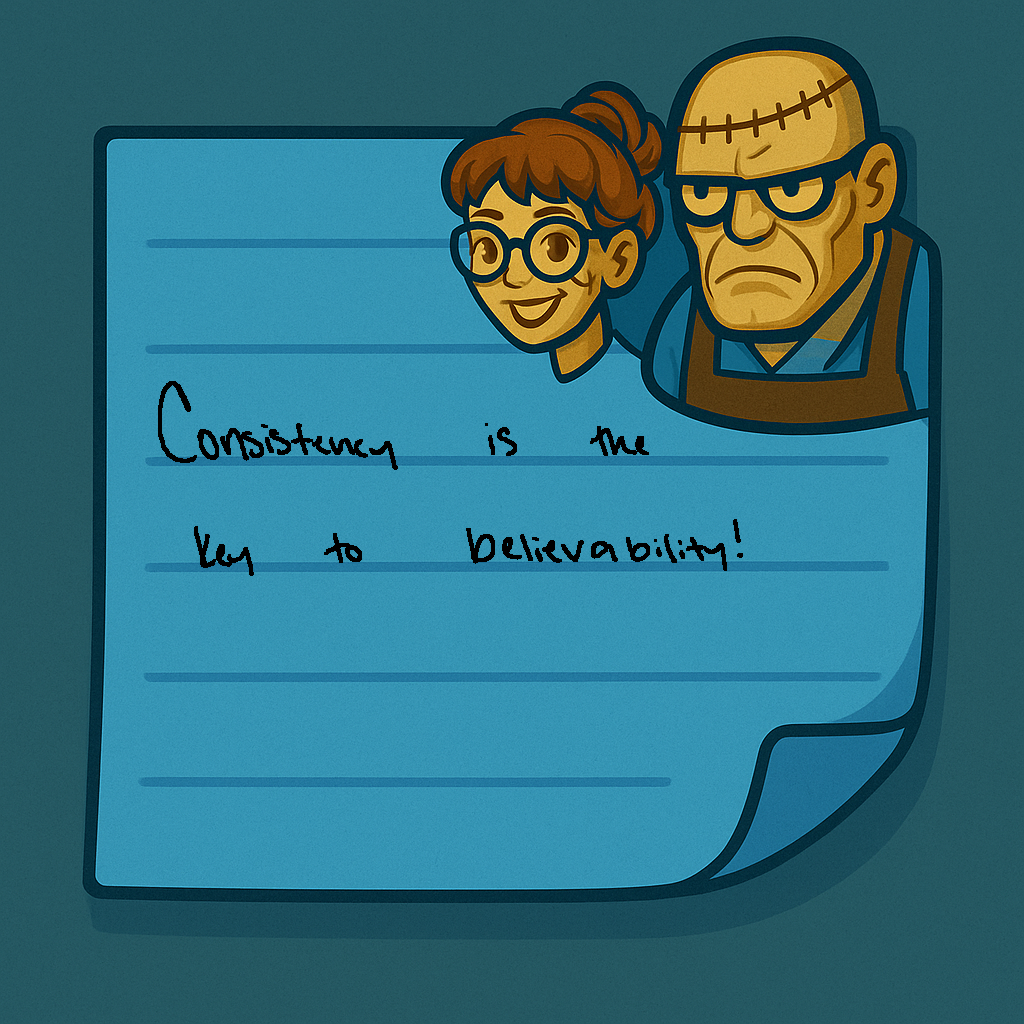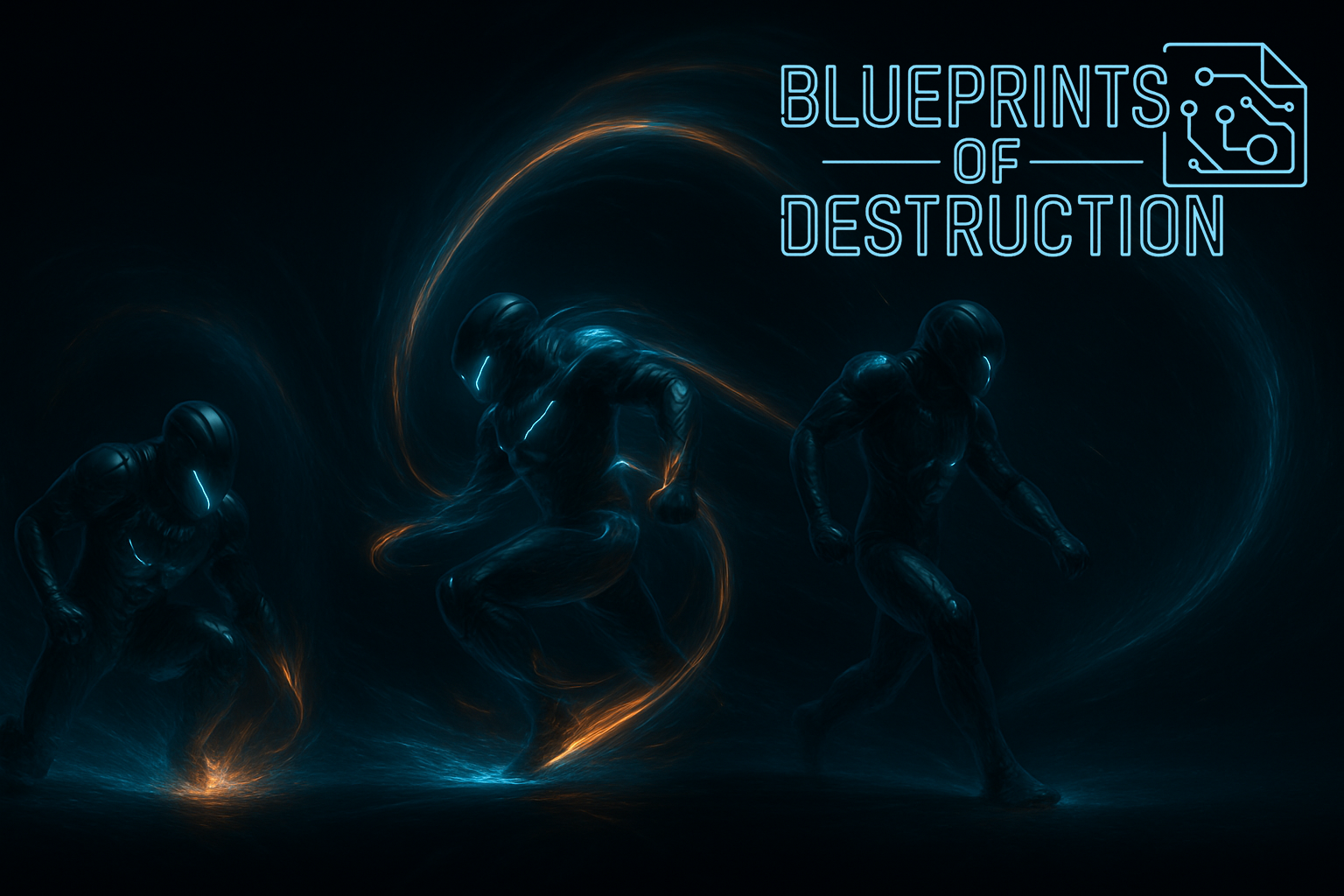- Home
- Setting Writing
Setting Writing
Establishing Physical Laws and Internal Logic Through Setting Writing
Setting writing frames your story and defines the world in which your narrative unfolds. It determines what is possible for your story, helping your world feel consistent and logical, and shaping perception for both your characters and readers. Whether your story takes place in a dense city, mystical land, or aboard a ship, setting provides the foundation for your characters' experiences and for your readers' perception. Environments layer together to create a rich backdrop of ambiance.
The rain pattering down on bustling citizens with their heads down, or a fog laden harbor, water gently lapping against the docks. Both of these examples give a feel for the story, with the beginnings of establishing the invisible rules of the world before a single character has their first line of dialogue.

Using setting writing to establish physical laws is a great way to start threading your world into your story. The framework for the physical limitations your world possesses is key to not only shaping setting, but also constructing the very tone of your story. Strong setting writing begins by establishing the physical laws that govern your world by defining what can and cannot happen within it. These laws act as your story's invisible framework, supporting tone, structure, and believability without overwhelming readers through clumsy exposition.
Internal Logic and the Boundaries of Believability Through Setting Writing
When setting lacks internal structure, even the most imaginative ideas have the ability to fall apart. Readers instinctively notice when a story breaks it's own rules, and once that trust is lost immersion collapses.
Let's take Blueprints of Destruction's Ricochet travel, for example.
Ricochet travel is a form of movement through an alternate dimension known as the Flicker. Instead of moving through normal space, travelers, knows as Ricochet Pilots, enter into this in-between layer of reality where time, distance, and matter behave differently.
In the Flicker, surfaces act like mirrors or elastic planes of energy. When a Pilot strikes one, they “bounce,” or ricochet, off it, redirecting their trajectory instantaneously. By chaining these controlled bounces, a Pilot can cover enormous distances almost instantly, appearing to teleport when they reemerge in normal space.
Ricochet travel, however, is dangerous. Misjudging an angle or losing focus can cause crystallization - a fatal freezing of the Pilot’s molecular structure mid-Flicker. Mastery of ricochet travel requires precision, instinct, and a deep understanding of the Flicker’s multidimensional flow.
Ricochet travel is key to many elements of the story, and because it is so vital, it would be exceptionally easy to use ricochet travel as a "magic button" of sorts to make all manner of absurd ideas possible. That is why setting writing for internal logic is so important. This is the heart of effective worldbuilding and setting structure: giving your readers boundaries they can trust, bene when your story tests the limits of imagination itself.
The same principles apply for grounded settings. A murder investigation in a small town has its own physical and emotional laws - how people behave within the boundaries, and what can and cannot happen.

Anchoring Internal Logic through Setting Writing
Consistency is the key to believability. Through the same careful threading of physical laws through setting writing, you can establish solid internal logic within your worldbuilding. If you, as the author, have established solid confines around what is or isn't possible, the reader's attention will stay focused on the story rather than on broken logic. Your story's internal logic needs to be solid from all angles for the reader to fully immerse themselves into the world you are creating.
Because Ricochet travel is so complex, it would be easy to use it as a "get out of jail free" card. Frank and Lucy (PhranqenLu) have designed ricochet travel to work under very specific mechanics in order to avoid some common pitfalls that fabricated systems often create.

A few things that ricochet travel can do underneath PhranqenLu's mechanics are:
- Redirect momentum through mirrored surfaces
- Traverse vast distances via chained bounces
- Manipulate trajectory with energy flow
Some things that ricochet cannot do is
- Pass through living matter
- Function in areas with broken dimensional stability
- Be used without the risk of crystallization
When your setting follows clear physical and narrative rules, even the extraordinary feels believable and grounded. Readers' trust is earned through consistency.

Shaping Perception through Setting Writing
One of the greatest ways that setting can be used is as a tool to help the reader get a feel for the kind of story they are stepping into. A romance novel that takes place in modern New York is going to have a different overall flavor than a world that takes place in a mythical land whose occupants must battle dragons to defend their very existence. Each of these stories appeals to it's readers by leaning into familiar environment and narrative rhythms.

Building Reality and Consistency
Consistency, possibility, and logical cohesion work together to form the stage of your story. Each element builds upon the others to create a complete and unified mural. Setting, more than a simple canvas on which your ideas can unfold, is a powerful instrument through which you can subtly communicate essential details. It is a device that keeps readers engaged without metaphorically throwing a large amount of information at them.
PhranqenLu believe that once an author understands their setting's rules, and the mechanism of the world itself, they hold the keys to truly exceptional story telling. Setting isn't just where your story happens, it is the force that gives your world it's life-blood. Treat is as more than just a simple backdrop. Make it your most subtle storyteller.
